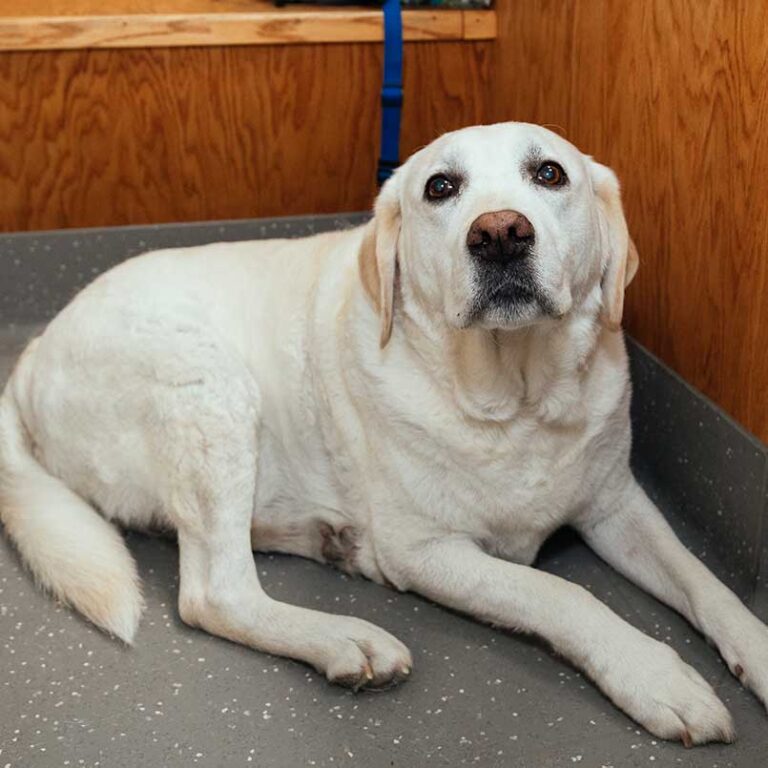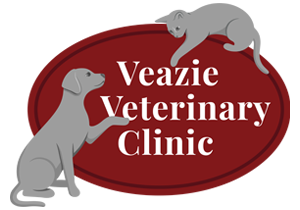Your pet’s comfort is important to us because comfort can have a significant impact on their health and quality of life. Every pet experiences pain a little differently, but a common characteristic for all pets is a capacity to hide signs of pain. This can make it difficult to provide the needed pain relief to your dog or cat. At Veazie Veterinary Clinic, we want your pet to be as pain-free as possible throughout their life. If you’re unsure whether your pet is in pain, get in touch with us so we can help!
WHAT IS ACUTE PAIN?
Acute pain is pain that occurs suddenly in your pet, either due to an injury, inflammation, infection, or surgery. This type of pain can be temporarily debilitating to your pet, limiting their movement and affecting their appetite. Fortunately, because this type of pain is temporary, you can expect it to resolve on its own, though our team can still provide the necessary pain relief to your pet to make them more comfortable.
WHAT IS CHRONIC PAIN?
Chronic pain is pain that tends to build up over time, so it may start out as mildly uncomfortable but escalate over weeks, months, or even years. This type of pain can last a long time, and the trouble with chronic pain is that pets can grow accustomed to it. Arthritis, hip/elbow dysplasia, bone disease, and cancer are just a few conditions that can cause chronic pain in dogs and cats. Keeping up with your pet’s routine wellness exams is the best way for us to help you detect chronic pain and take the necessary steps to treat it.

SIGNS YOUR PET IS HURTING
How can you tell if your pet is in pain if their instinct is to hide it? Here are some signs to look for:
- Acting listless/restless
- Whimpering, whining, crying, or howling
- Biting
- Licking or chewing at the same part of the body over and over
- Acting out of the ordinary (unusually aggressive or submissive)
- Flattening ears back
- Hiding and refusing to come out
- Showing reluctance to move
- Sleeping more often or having trouble sleeping
- Decreased appetite
- Acting clingier than usual
- Difficulty getting comfortable (shifting positions often)
- Shaking/trembling
If you suspect that your pet is in pain, it’s helpful to take pictures, film, and/or take notes of your pet’s behavioral changes (if any are present) so that in turn, our team can help you. Pets can’t tell us when they’re hurting, and they try to hide signs of pain out of survival instinct. It’s up to you, and us, to be their voice and take steps to provide pain relief.
Cat Hairballs & Constipation
Hairballs and constipation are two of common problems that adult cats have to deal with. Long haired cats tend to suffer the most from hairballs, while overweight cats may have to battle constipation. Here are some tricks on how to keep things running smoothly from mouth to tail.
What is a Hairball?
It is simply an accumulation of groomed hair in the stomach. It rolls around while the stomach contracts occasionally causing vomition and elimination of the hairball. Cat’s tongues were made to swallow fur. The one way barbs collect lose fur while grooming. The majority passes through the digestive tract without incident and occasional hairballs are normal. Frequent hairballs could indicate a medical problem and warrant at least a physical exam by the veterinarian.
Factors Leading to Hairball Formation:
- Long-haired coat
- Allergic skin disease (itching increases grooming)
- Inflammatory Bowel Disease (over grooming due to pain)
What Can Be Done To Treat Hairballs?
Although there are “hairball diets” and products like laxatone/petromalt used to aid in the reduction of hairball formation, nothing is as effective at preventing hairballs as routine brushing to remove loose hair.
Constipation
Constipation is another common problem for cats. Cats should produce a formed stool ideally every 24 hours. There are many reasons a cat can become constipated. Obesity, behavioral problems, dehydration, diet, intestinal obstruction and problems that lead to painful defecation all can lead to constipation. Constipated kitties should be seen by a veterinarian. Depending on cause, a detailed plan will be formed to help these individuals produce normal/regular bowel movements.
How is Constipation Treated?
Treatment may include a change in diet, lubricants like Laxatone, stool softeners like Lactulose or Miralax or even routine enemas. Remember that hydration is important in these cats. Anything you can do to increase their water consumption will help these individuals. Feeding canned food, multiple watering stations using large rimmed bowls and even water circulators are all ways to increase water consumption.


